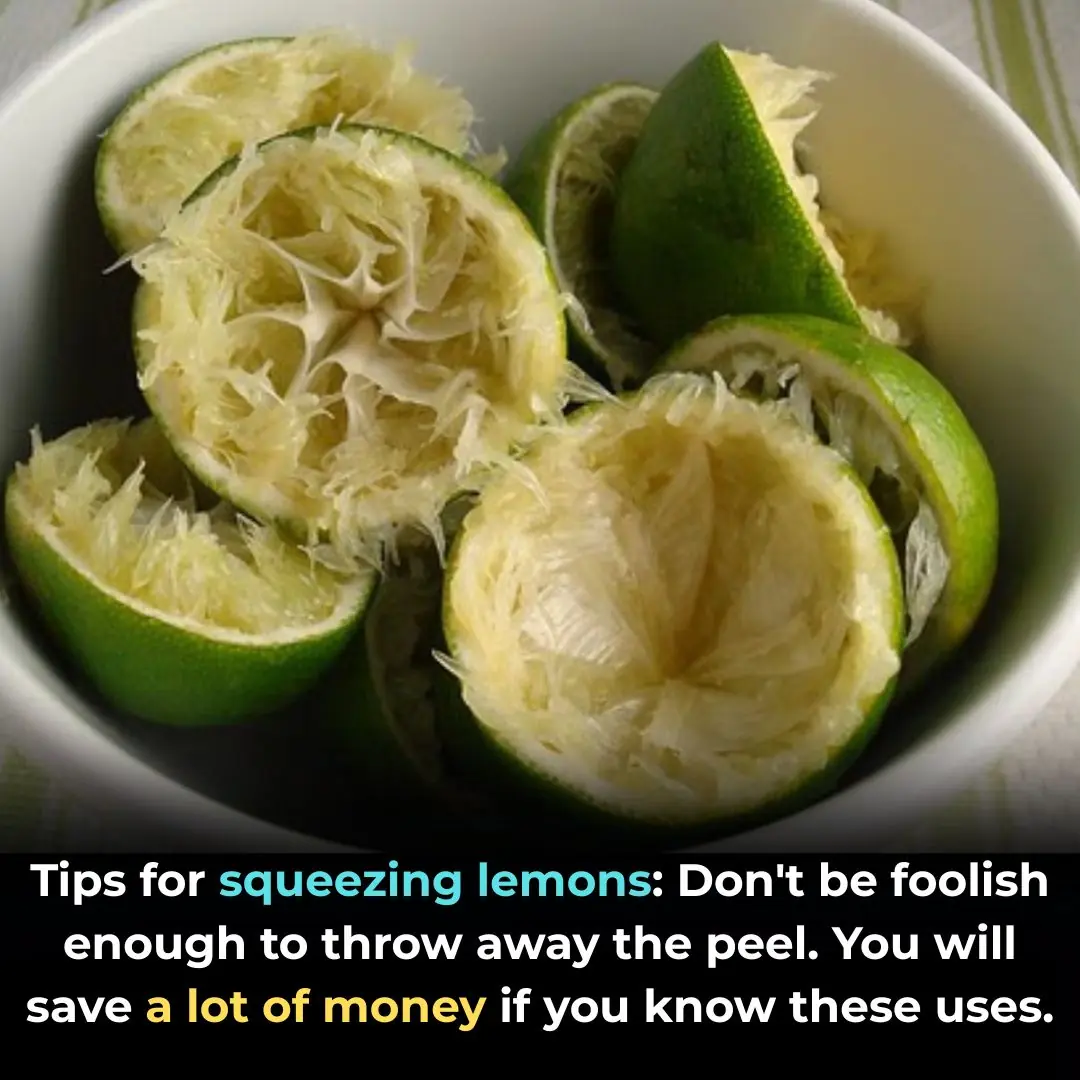
Tips to distinguish between naturally ripened bananas and chemically ripened bananas

How to Tell Naturally Ripened Bananas from Chemically Ripened Ones
Bananas are a common and affordable fruit that many people love for their delicious taste and high nutritional value. They are rich in potassium, fiber, and vitamins B6 and C, making them one of the healthiest snacks available. Depending on their ripeness, bananas can be used in many different ways — unripe bananas are often sliced thin and used in salads or soups, while ripe ones are perfect for eating fresh, making cakes, smoothies, or even banana ice cream.
However, for the sake of profit, some vendors harvest bananas while they are still green and then use chemicals to force them to ripen quickly. These bananas often look uniformly yellow and attractive but can be harmful to your health. The chemicals used may include substances like calcium carbide or ethylene gas in excessive amounts, both of which can cause irritation and even long-term health risks when consumed frequently.
To ensure you choose naturally ripened bananas that are safe and flavorful, here are some key points to observe carefully before buying.
1. Check the Banana Stem
Freshly harvested bananas have stems that look greenish and still contain sticky sap. As time passes, the sap dries out and the stem becomes brown and shriveled. Naturally ripened bananas tend to have stems that look slightly dry but still firm, while chemically ripened bananas often have dry, blackened stems — a sign that the fruit was forced to ripen after harvesting.
A simple tip: when you touch the stem, if it feels sticky or moist, the banana is likely fresh and naturally ripened. If it feels unnaturally dry or even powdery, be cautious.
2. Look at the Banana’s Color and Skin
Experienced homemakers often say that bananas ripened with chemicals have a bright, shiny, perfectly even yellow skin that looks “too good to be true.” These bananas might look beautiful, but they often lack the natural signs of real ripening.
In contrast, naturally ripened bananas rarely have a uniform color. In one bunch, some bananas may be ripe while others are still slightly green. Their skin has a soft, natural glow, and as they become fully ripe, small brown speckles begin to appear — a clear indicator of natural sugar development. These “freckles” are often seen on what people call “egg-spotted bananas”, known for their rich sweetness and fragrance.
Chemically ripened bananas, on the other hand, may be yellow outside but still greenish-white and firm inside.
3. Smell the Banana
This is one of the easiest ways to tell the difference. Naturally ripened bananas have a distinctive sweet aroma that becomes stronger as they mature. The fragrance is mild yet unmistakable.
In contrast, chemically ripened bananas often have little or no aroma. Since they were harvested before the natural ripening process began, they didn’t have time to develop their signature scent.
4. Test the Firmness
When you gently press a naturally ripened banana, it feels soft but elastic — the flesh yields slightly to your touch and then bounces back. If you press too hard, it might bruise easily.
Chemically ripened bananas feel unnaturally firm, even when their peel is already yellow. This firmness is a sign that the inside has not fully ripened, which can make the texture unpleasant when eaten.
5. Taste the Banana
Your taste buds will quickly tell you the truth. Naturally ripened bananas are sweet, creamy, and fragrant, with no bitterness. In contrast, chemically ripened bananas often taste bland, slightly chalky, or even a little astringent.
If the banana feels firm and has a watery or grassy flavor instead of sweetness, it’s very likely been artificially ripened.
6. How to Choose and Store Bananas Properly
When buying, choose bunches that have a mix of ripe and unripe bananas — some yellow, some green. Eat the ripe ones first, and allow the green ones to ripen naturally over the next few days. This way, you’ll always have fresh bananas without worrying about them over-ripening or spoiling.
If you’re buying green bananas, select those with a deep green color, firm texture, and smooth skin. Bananas with a slight yellow tint are mature and will ripen more quickly and taste sweeter. Avoid those that are too pale or light green, as they are still immature and might never develop a pleasant sweetness.
To help bananas ripen naturally, you can place them in a rice container, wrap them in newspaper, or store them near other fruits like apples or pears, which naturally emit ethylene gas to promote ripening.
If you need bananas for immediate use, choose medium-sized ones that are evenly yellow with a few brown spots and no bruises. Avoid overly large bananas, as they might have been grown using chemical fertilizers or growth stimulants. Very small bananas, on the other hand, could be unripe and artificially ripened.
In Summary
Naturally ripened bananas may not look as “perfect” as chemically ripened ones, but they are healthier, safer, and much more flavorful. By observing the stem, color, aroma, and texture — and by trusting your senses — you can easily tell which bananas are naturally ripened and make the best choice for your family’s health.
News in the same category


How to make delicious beef steak at home: 5-star restaurant standard taste, eat once and miss it forever

Don't throw away air conditioner wastewater: It has 4 valuable uses that many people don't know about.

9 tips to completely get rid of cockroaches from your house using natural ingredients, without using chemicals

Moldy walls and ceilings, use this water to clean, cleaner than bleach

If you find a centipede at home, here is what it means...

What is its purpose. see details
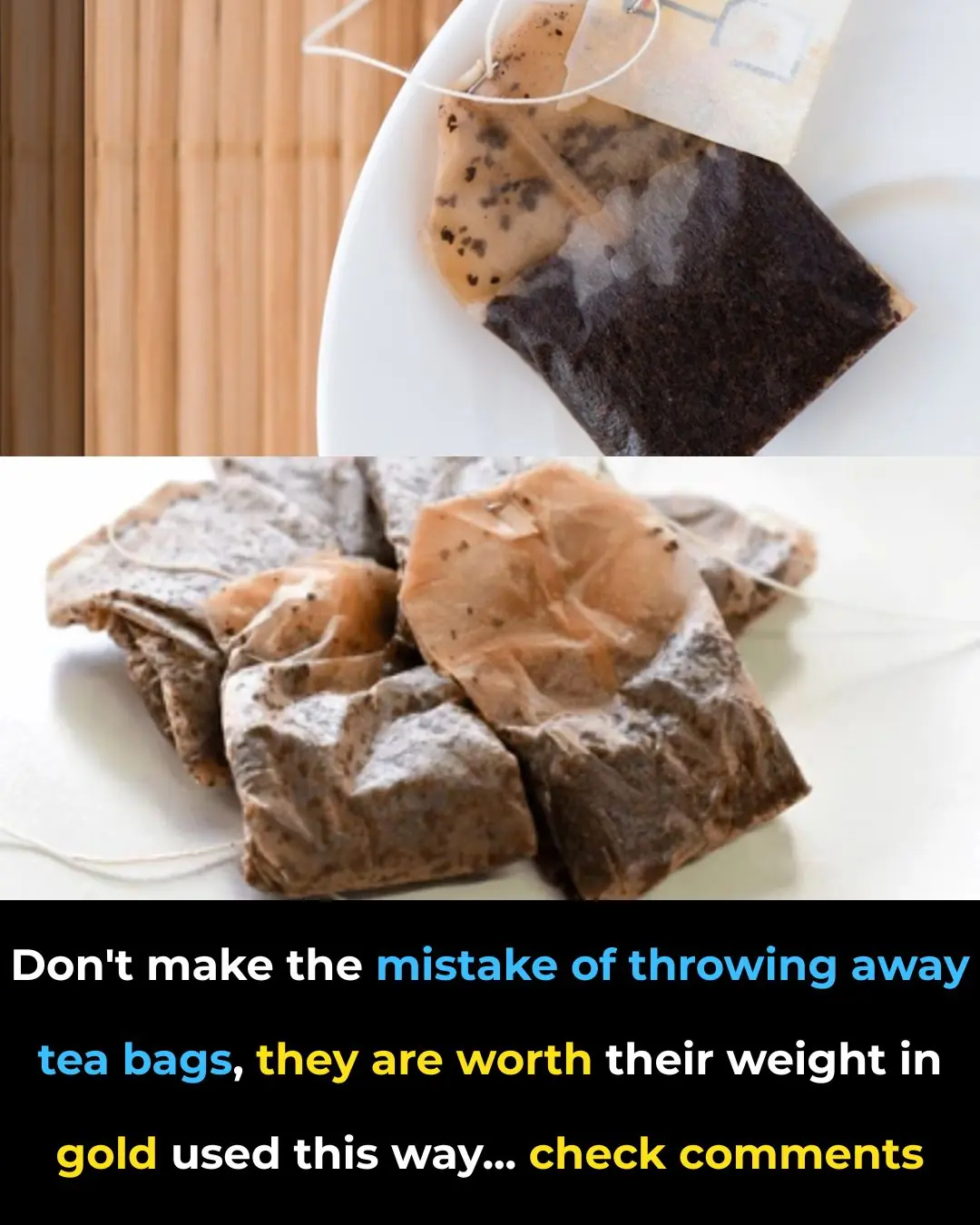
Don't make the mistake of throwing away tea bags. see more

🪟 Vinegar Is the Key to Streak-Free Windows & Shiny Surfaces — But Most People Use It Wrong

This Is The Mistake You Make When Using An Electric Kettle
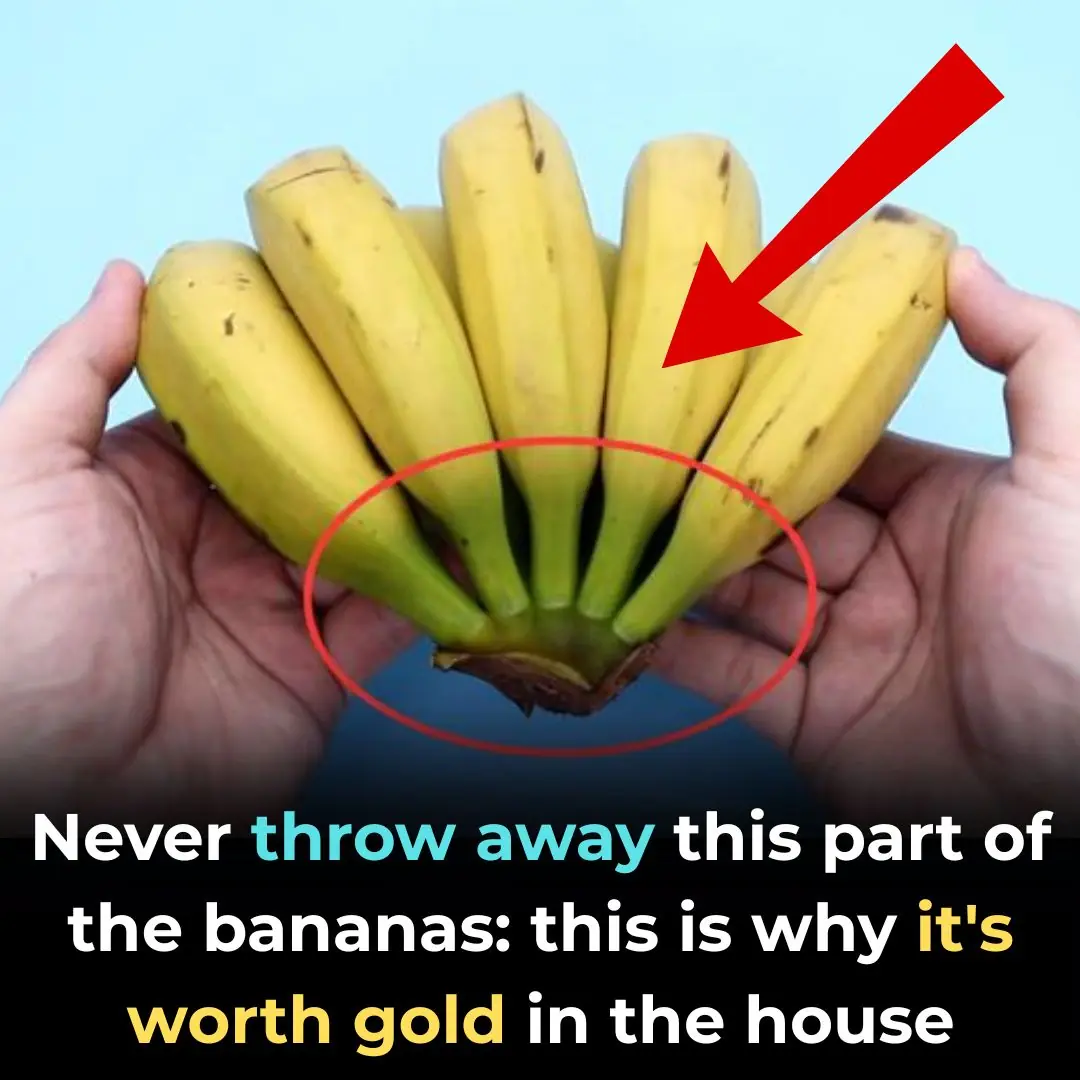
Don’t Toss That Banana Part

The Hidden Effects of Sleeping With a Fan on Your Throat

Tips for freezing tomatoes to eat all year round, the flavor is always fresh and delicious like freshly picked
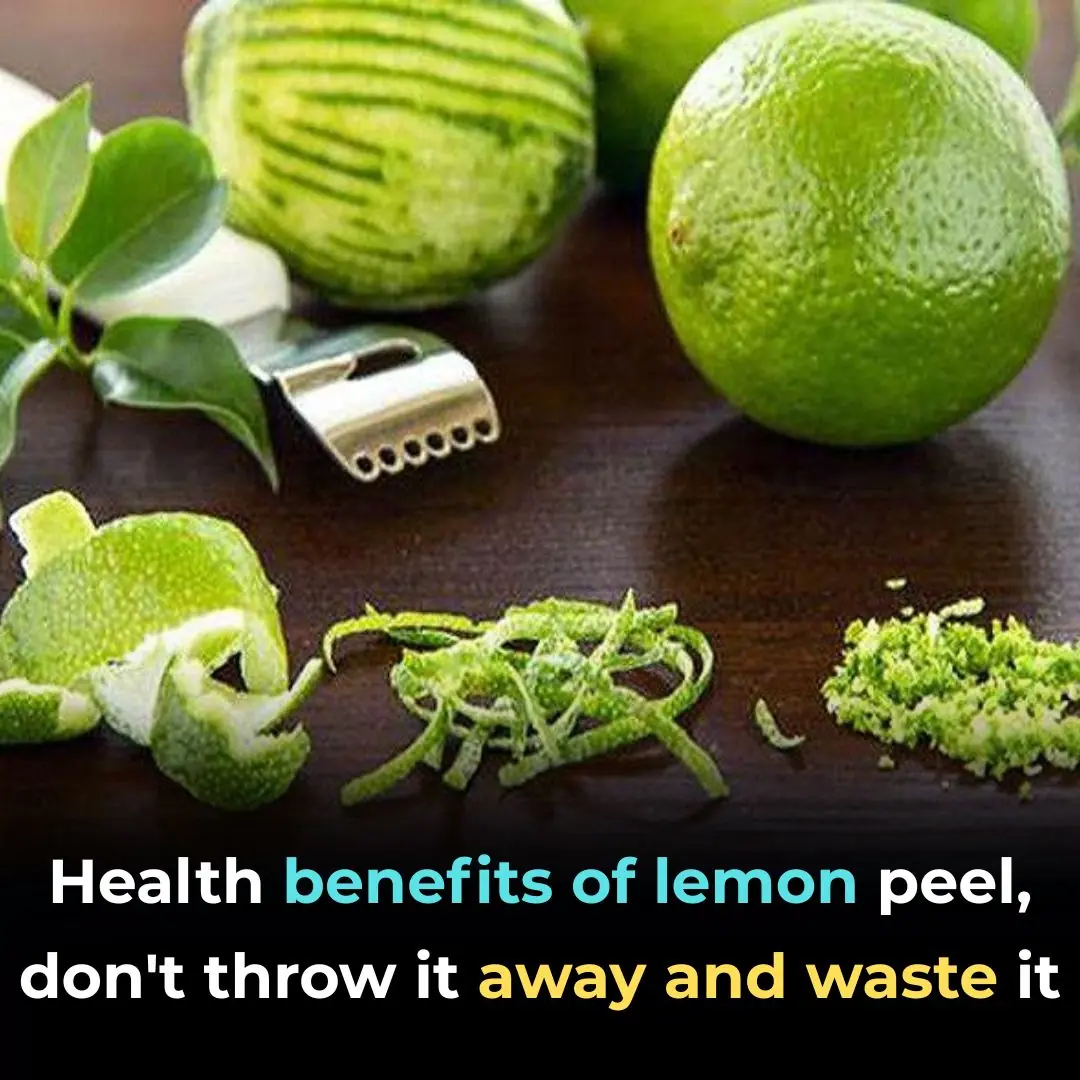
Health benefits of lemon peel, don't throw it away and waste it
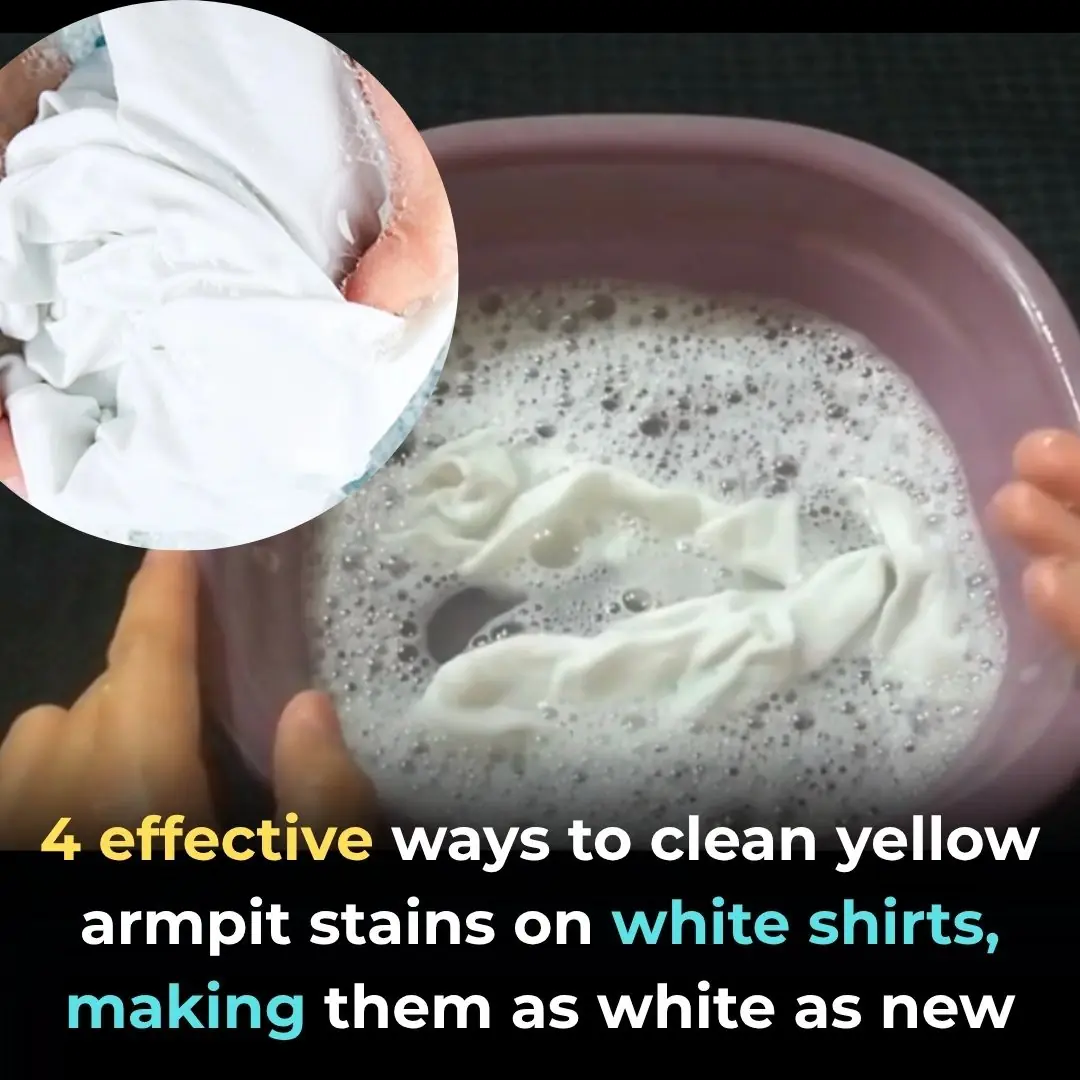
4 effective ways to clean yellow armpit stains on white shirts, making them as white as new
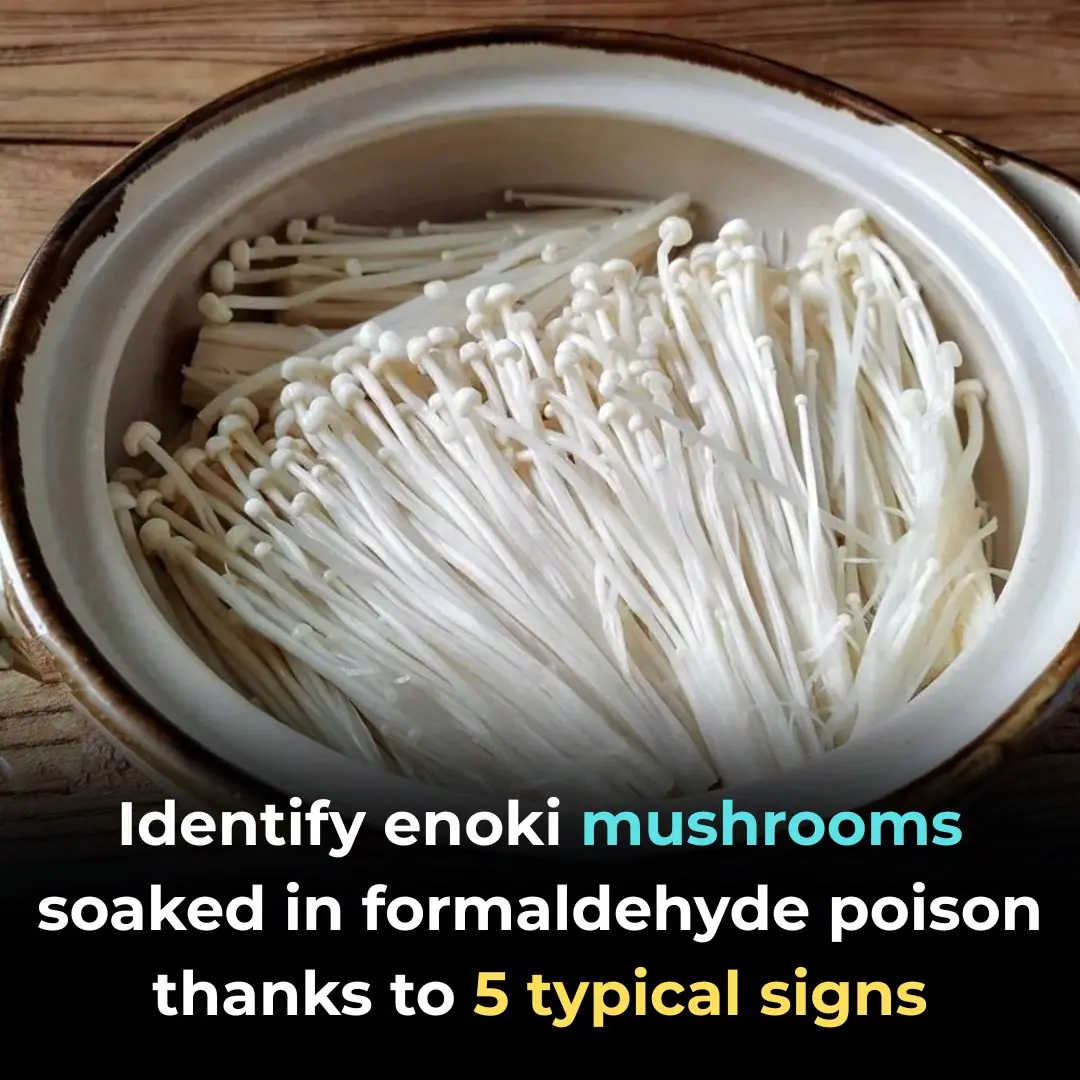
Identify enoki mushrooms soaked in formaldehyde poison thanks to 5 typical signs

8 devices that consume the most electricity, twice as much as air conditioners: Remember to unplug after use, or your bill will skyrocket.

Golden tips for choosing ham: Identify borax with a simple, absolutely safe way
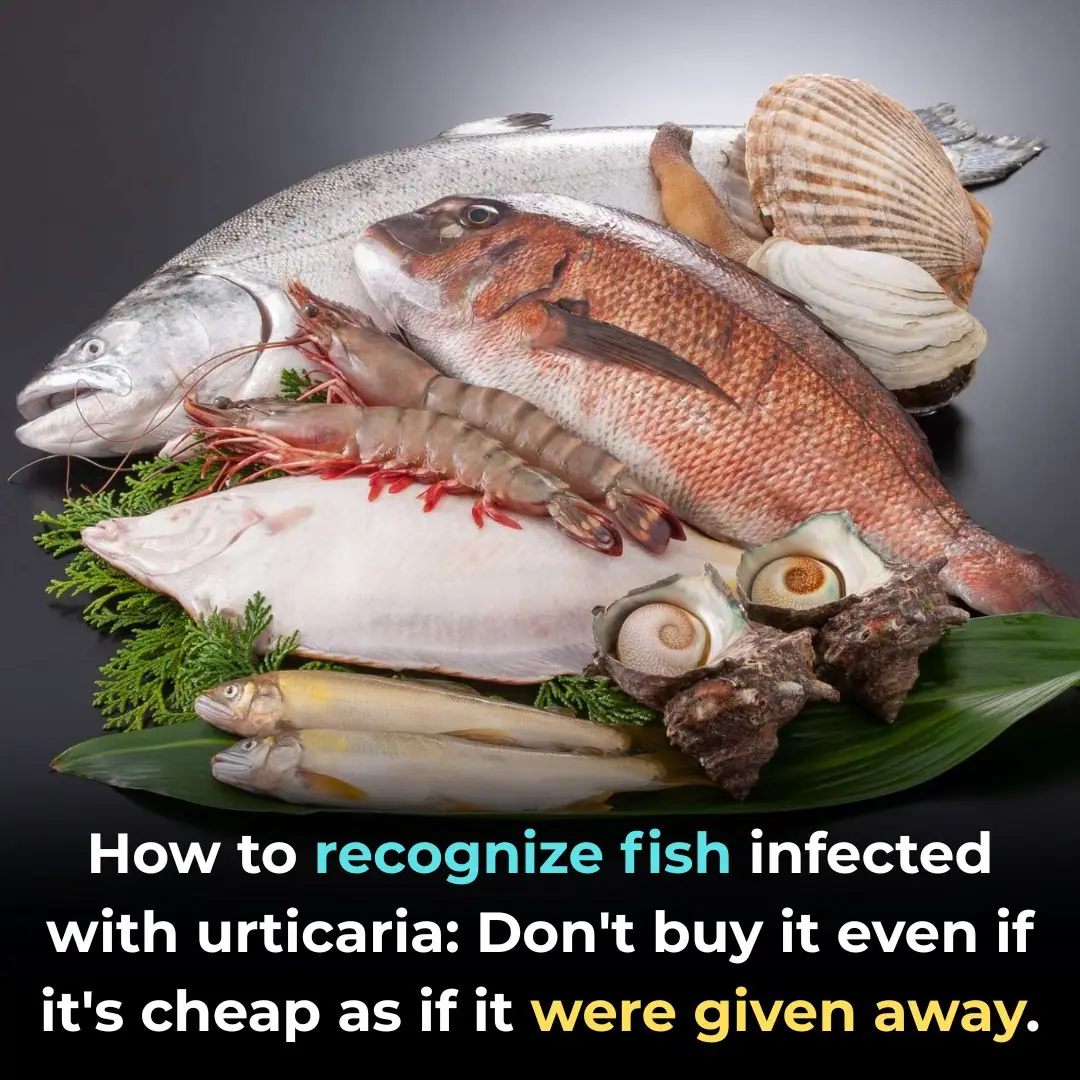
How to recognize fish infected with urticaria: Don't buy it even if it's cheap as if it were given away.
News Post
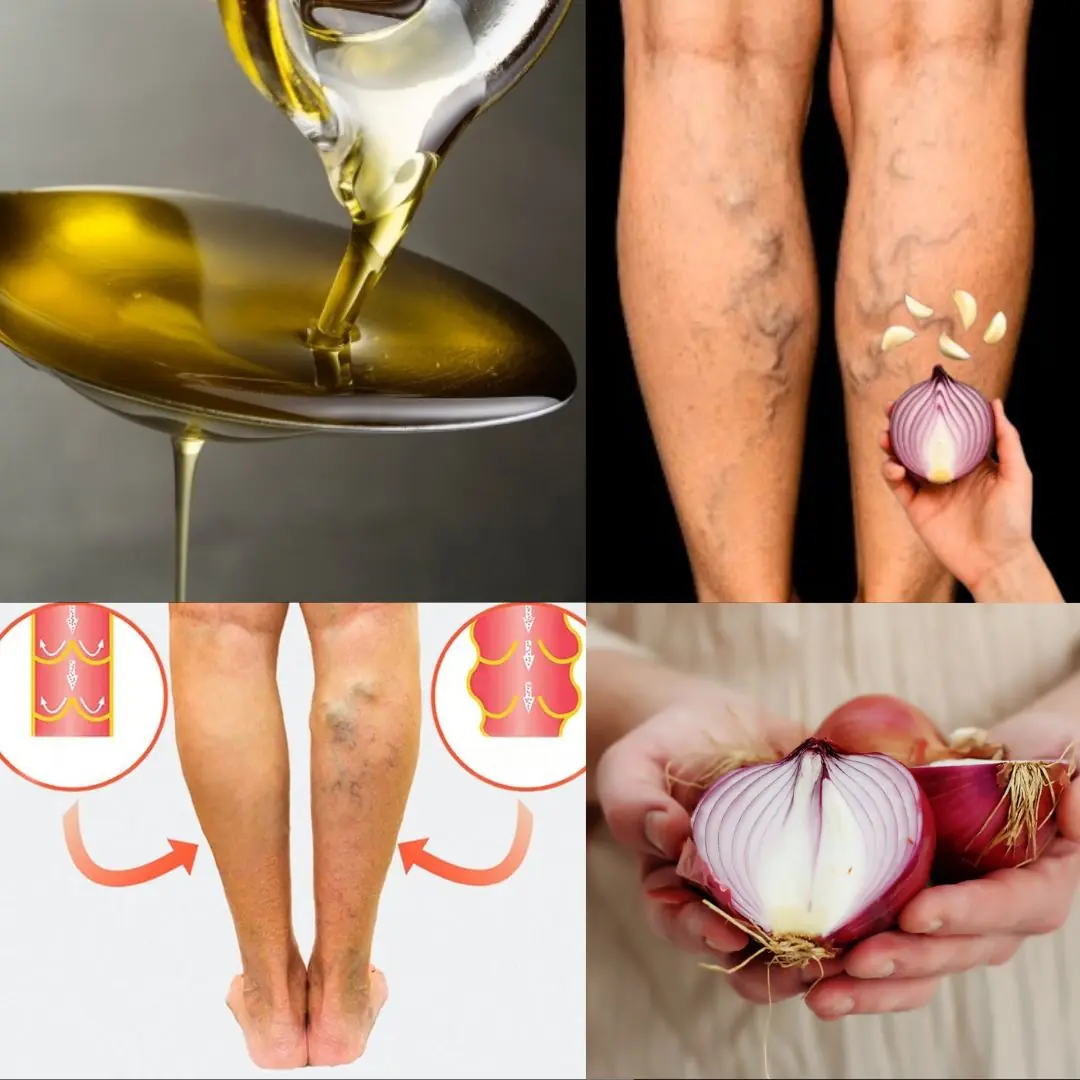
Onion, Garlic, and Olive Oil Remedy for Varicose Veins: Natural Treatment and Benefits

A Real-Life Superhero: The Mother-in-Law Who Became a Caregiver and a Lifeline

The Dog Who Wore a Sheep’s Skin.

A Simple Act of Kindness: Man Rescues Turtles from the Dinner Plate

Jimmy the Bear: A Story of Love, Care, and Compassion

A Seventeen-Year-Old’s Battle for Tomorrow: Yerasyl’s Fight for Life
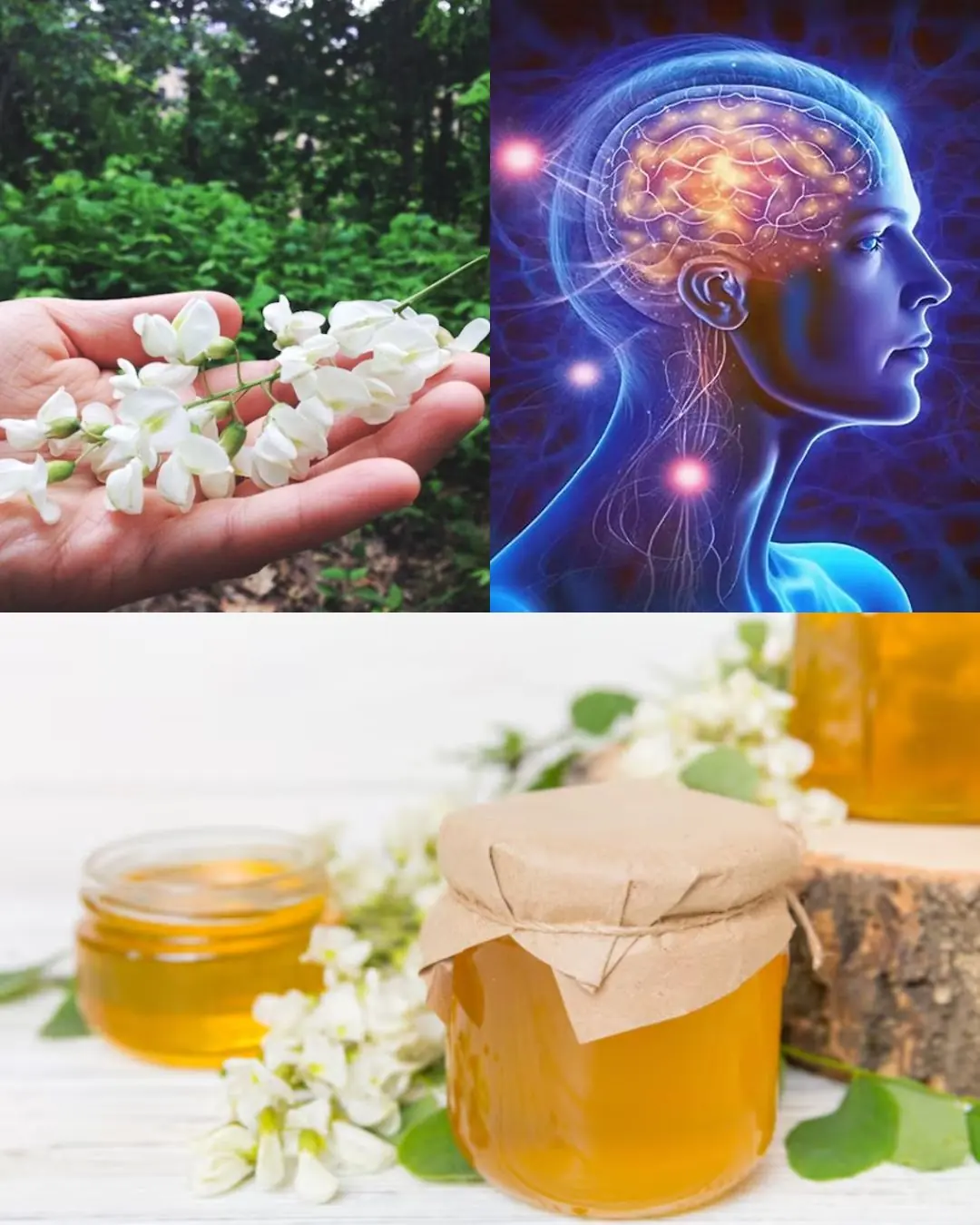
Black Locust (Robinia pseudoacacia): 14 Surprising Benefits and How to Use It at Home

A Rare Sight: Bright Orange Nurse Shark Makes Scientific History in the Caribbean

Two Lives Powered by Machines: Madzia and Nina’s Fight Against Myasthenia Gravis

A Car Repair That Means Freedom: Wiktor’s Fight Against SMA

Monkeys, Mischief, and a Wedding to Remember: The Night Thailand Went Dark

Tragic Incident at Cincinnati Zoo: A Gorilla’s Life Lost in Effort to Save a Child

The 5 fruits secretly damaging your brain after 50

The #1 silent sign your kidneys are in trouble (and it’s not your urine)

Why Some People’s Skin Turns Red When Drinking Alcohol

Theo’s Journey: A Day of Progress, Challenges, and Unwavering Hope – October 21st Update

Home Again: A Family’s Journey Through Joy, Exhaustion, and Uncertainty

When the Jungle Looked Back: The Astonishing Case of Chimps Trying to Domesticate Alligators

Tiny Hero, Big Heart: The Chihuahua Who Stared Down a Mountain Lion in Colorado
